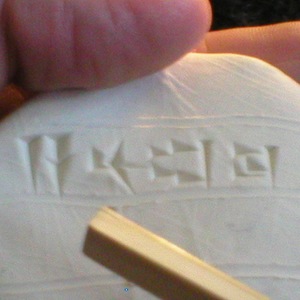VOST2011: The Visions of Students Today
What do students in Higher Education see today? What do they “see” in the sense of, “What are their visions?” And, what do they literally see from the place in which they are expected to learn?
This is the question posed by Michael Wesch, professor of Cultural Anthropology at Kansas State University. Wesch is well known for his work so far in gathering and analyzing the experiences and voices of higher-ed students in an internet age.
Watch some of the YouTube videos tagged VOST2011. For an educator in Higher Ed, the videos are rather hypnotic, occasionally disturbing, and often illuminating. Take the following as an example:
More upbeat, but not less analytical or thought-provoking, is this piece from a student at University of the Philippines:
In the professorial circles in which I run, I am probably among those more likely to identify with the students of VOST2011: besides being a “distance pedagogies guy” (in progress), I am after all a Gen-Xer, and until a subject matter grabbed me in my Masters work, felt continually disenchanted with and alienated from the structures of education, while still identifying strongly with other students as a peer group. At the same time, however, I am formed by an exceptionally traditional and modernist Ph.D. program, and believe as strongly in “disseminating data” as in facilitating constructivist activities for peer-to-peer learning.
Professors: What do you think of Wesch’s call for submissions, and what do you think of some of the videos? How do they speak, or not speak, to you as educators?
Students: What are your visions today? What do you see from the place where you are expected to learn?
[VOST2011: The Visions of Students Today was written by G. Brooke Lester for Anumma.com and was originally posted on 2011/03/25. Except as noted, it is © 2011 G. Brooke Lester and licensed for re-use only under CC BY-NC-ND 3.0.]
